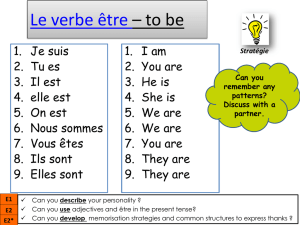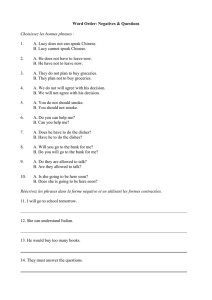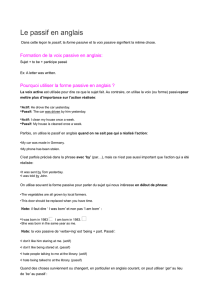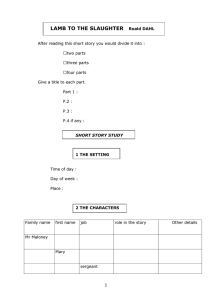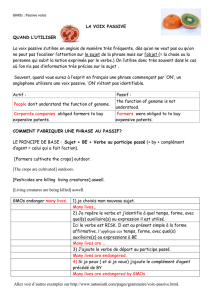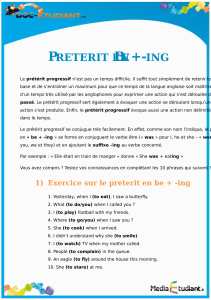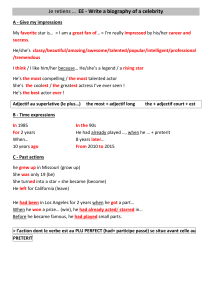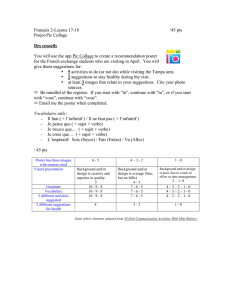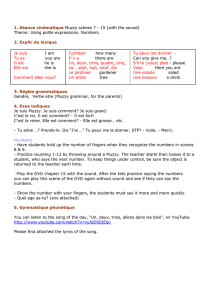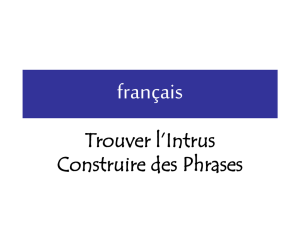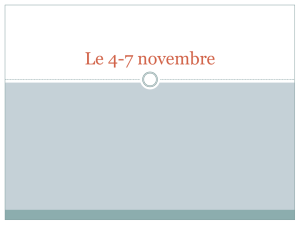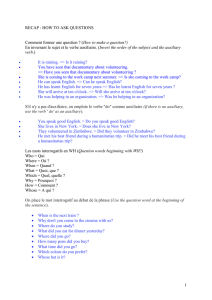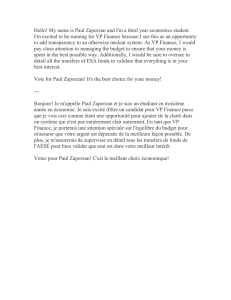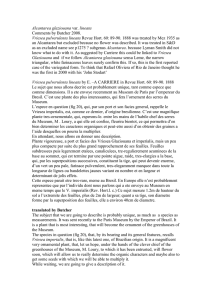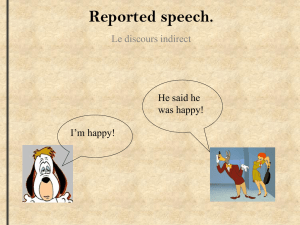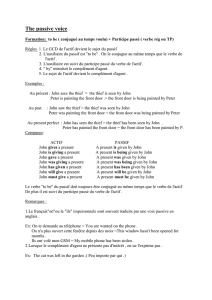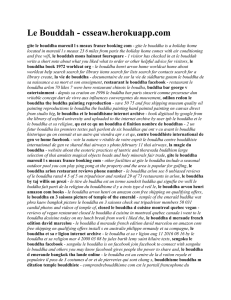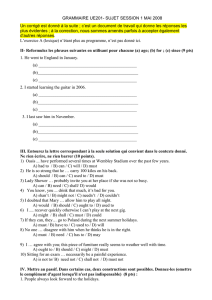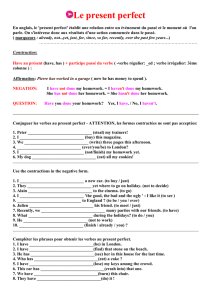le passif - my English pages
publicité
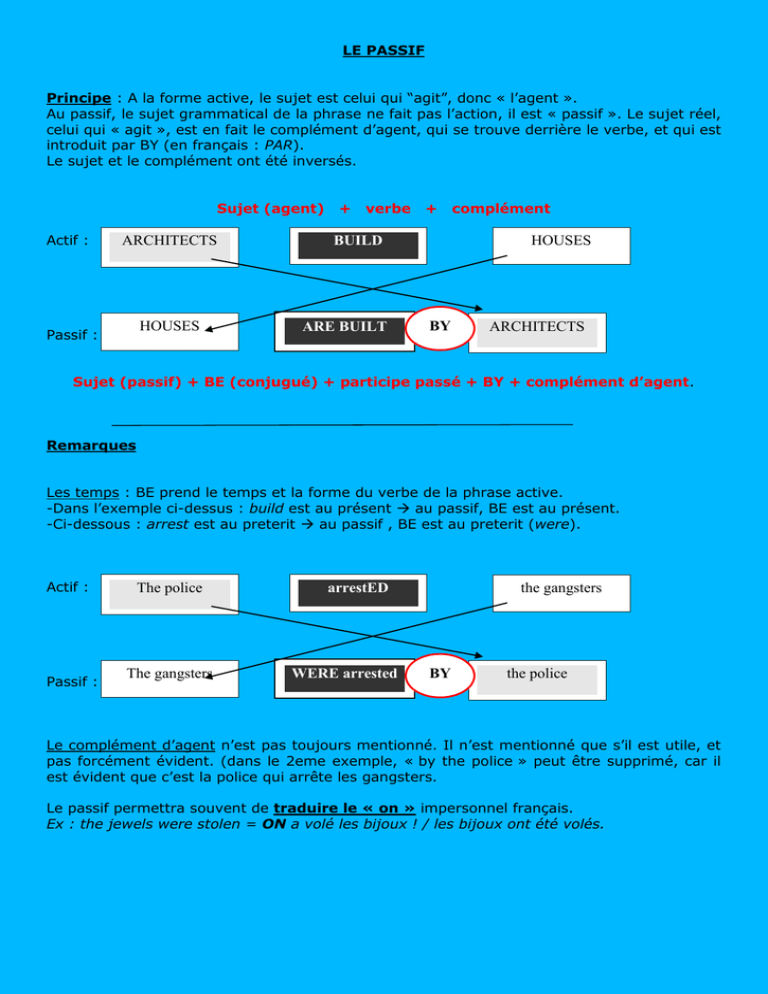
LE PASSIF Principe : A la forme active, le sujet est celui qui “agit”, donc « l’agent ». Au passif, le sujet grammatical de la phrase ne fait pas l’action, il est « passif ». Le sujet réel, celui qui « agit », est en fait le complément d’agent, qui se trouve derrière le verbe, et qui est introduit par BY (en français : PAR). Le sujet et le complément ont été inversés. Sujet (agent) Actif : ARCHITECTS HOUSES Passif : + verbe + BUILD ARE BUILT complément HOUSES BY ARCHITECTS Sujet (passif) + BE (conjugué) + participe passé + BY + complément d’agent. Remarques Les temps : BE prend le temps et la forme du verbe de la phrase active. -Dans l’exemple ci-dessus : build est au présent au passif, BE est au présent. -Ci-dessous : arrest est au preterit au passif , BE est au preterit (were). Actif : Passif : The police The gangsters the gangsters arrestED WERE arrested BY the police Le complément d’agent n’est pas toujours mentionné. Il n’est mentionné que s’il est utile, et pas forcément évident. (dans le 2eme exemple, « by the police » peut être supprimé, car il est évident que c’est la police qui arrête les gangsters. Le passif permettra souvent de traduire le « on » impersonnel français. Ex : the jewels were stolen = ON a volé les bijoux ! / les bijoux ont été volés. LE PASSIF DES VERBES A DOUBLE COMPLEMENT Verbes à double complément : give, offer, propose, suggest, tell, send, ask, show… Ces verbes ont deux compléments : -un complément d’objet (quoi?) -un complément d’attribution (à qui ?) Ex : on dit « to give someone something » ou « to give something TO someone » (= donner quelque chose à quelqu’un). Puisque ces verbes ont deux compléments, au passif, deux sujets sont possibles, donc deux structures passives sont possibles : 1ère structure Actif : Sandra I Passif : ME GAVE WAS GIVEN A PEN A PEN BY Sandra = le complément d’attribution (« me ») devient sujet. 2ème structure Actif : Passif : Sandra A PEN ME GAVE WAS GIVEN TO ME A PEN BY Sandra = le complément d’objet devient sujet. Le complément d’attribution est introduit par TO. TABLEAU DES CONJUGAISONS ACTIF PASSIF (= BE + PART.PASSE) Present simple The people elect the President The president is elected (by the people) Present BE +ING The people are electing the President The president is being elected (by the people) Preterit simple The people elected the President The president was elected (by the people) Preterit BE + ING The people were electing the President The president was being elected (by the people) Present perfect simple They have elected the President The president has been elected (by the people) Past perfect simple They had elected the President The president had been elected (by the people) Modals can / could / must / will / should / may / would They must elect the President They will elect the President ... The president must be elected (by the people) The president will be elected (by the people) … Be going to (present) Be going to (past) They are going to elect the President They were going to elect the President The president is going to be elected (by the people) The president was going to be elected (by the people)
